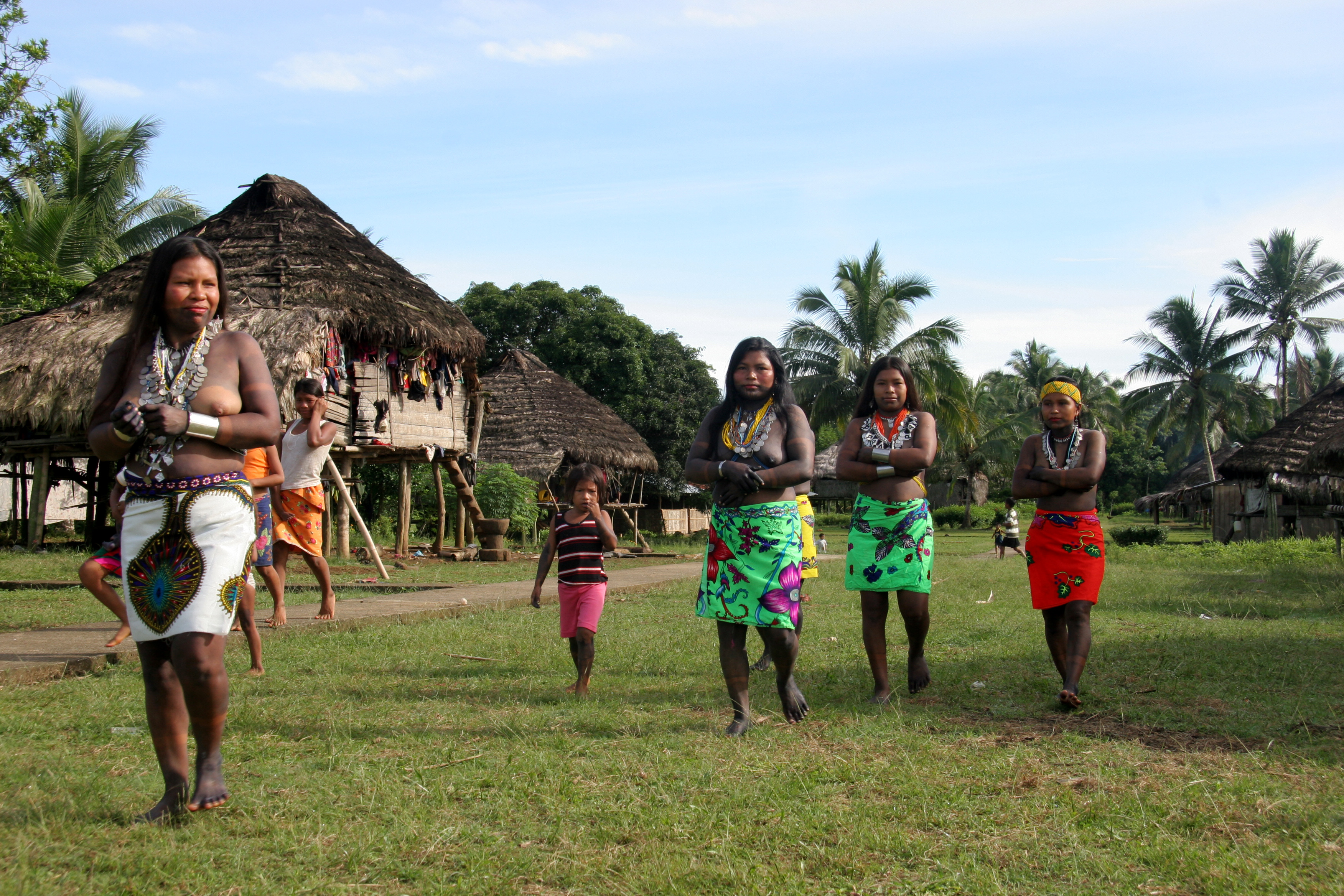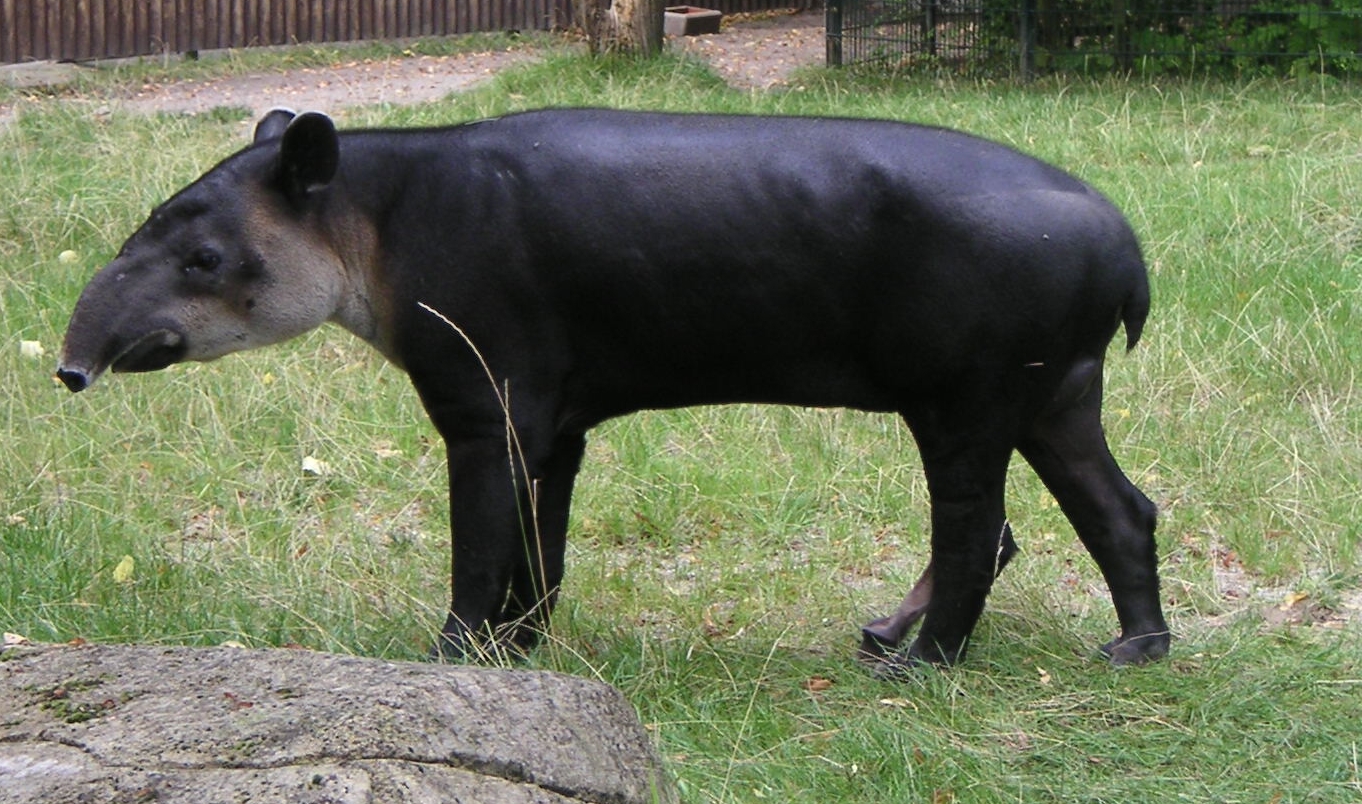|
Wounaan People
The Embera–Wounaan are a semi-nomadic indigenous people in Panama living in Darién Province on the shores of the Chucunaque, Sambú, Tuira Rivers and its waterways. The Embera-Wounaan were formerly and widely known by the name Chocó, and they speak the Embera and Wounaan languages, part of the Choco language family. Name The name ''Embera'' means "people". Collectively they are known as the Chocó and belong to two major groups: the Emberá, of upper Atrato and San Juan rivers, and the Wounaan of the lower San Juan River. The Emberá are also known as the Atrato, Bedea, Cholo, Darién, Dariena, Eberá, Emberak, Emperia, and Panama Emberá people. The Waunaan are also known as the Chanco, Chocama, Noanama, Noenama, Nonama, Wounaan, or Wound Meu people. A third group of Chocó are called the Catío, who are also called the Embena, Epera, Eyabida, or Katio people. [...More Info...] [...Related Items...] OR: [Wikipedia] [Google] [Baidu] |
Darién Province
Darién (, , ) is a province in Panama whose capital city is La Palma. With an area of , it is located at the eastern end of the country and bordered to the north by the province of Panamá and the region of Kuna Yala. To the south, it is bordered by the Pacific Ocean and Colombia. To the east, it borders Colombia; to the west, it borders the Pacific Ocean and the province of Panama. The area surrounding the border with Colombia is known as the Darién Gap, a large swath of undeveloped swampland and forest. With no roads, it is the missing link of the Pan-American Highway. Place names The name originates from the language spoken by the Cueva, an Indigenous tribe destroyed by the white European conquistadors during the 16th century. The Tanela River, which flows toward Atrato, was Hispanicized to Darién; the region and its communities took the same name. Santa María la Antigua del Darién, the first city founded in Tierra Firme, also took its name from the river. Subsequentl ... [...More Info...] [...Related Items...] OR: [Wikipedia] [Google] [Baidu] |
Cacique
A ''cacique'' (Latin American ; ; feminine form: ''cacica'') was a tribal chieftain of the Taíno people, the indigenous inhabitants at European contact of the Bahamas, the Greater Antilles, and the northern Lesser Antilles. The term is a Spanish transliteration of the Taíno word ''kasike''. Cacique was initially translated as "king" or "prince" for the Spanish. In the colonial era the conquistadors and the administrators who followed them used the word generically, to refer to any leader of practically any indigenous group they encountered in the Western Hemisphere. In Hispanic and Lusophone countries, the term also has come to mean a political boss, similar to ''caudillo,'' exercising power in a system of ''caciquismo''. Spanish colonial-era caciques The Taíno word ''kasike'' descends from the Taíno word ''kassiquan'', which means "to keep house". In 1555 the word first entered the English language, defined as "prince". In Taíno culture, the ''kasike'' rank was her ... [...More Info...] [...Related Items...] OR: [Wikipedia] [Google] [Baidu] |
The Mission (1986 Film)
''The Mission'' is a 1986 British period drama film about the experiences of a Jesuit missionary in 18th-century South America. Directed by Roland Joffé and written by Robert Bolt, the film stars Robert De Niro, Jeremy Irons, Ray McAnally, Aidan Quinn, Cherie Lunghi, and Liam Neeson. It won the Cannes Film Festival Palme d'Or and the Academy Award for Best Cinematography. In April 2007, it was elected number one on the ''Church Times'' Top 50 Religious Films list. Furthermore, it is one of fifteen films listed in the category "Religion" on the Vatican film list. The music, scored by Italian composer Ennio Morricone, ranked 1st on the Australian Broadcasting Corporation's (ABC) Classic 100 Music in the Movies. Plot In the 1750s, Spanish Jesuit priest Father Gabriel enters the northeastern Argentina and eastern Paraguayan jungle to build a mission station and convert a Guaraní community to Christianity. The Guaraní are not initially receptive to Christianity or outsiders in ... [...More Info...] [...Related Items...] OR: [Wikipedia] [Google] [Baidu] |
Jagua Tattoo
Jagua tattoo is a temporary form of skin decoration resulting from the application of an extract of the fruit '' Genipa americana'', also known as ''jagua''. This fruit has been used for body ornamentation and medicinal purposes in many areas of South America for centuries. It has recently been introduced in North America and Europe as an addition to henna body art, also called mehendi, mehandi, or mehndi in India. (The term "henna tattoo" is often used as a generic term for temporary tattoos.) The jagua tattoo method involves the surface application of a dye which then sets within a few hours, staining the upper layer of skin, or epidermis. The body sloughs off this layer of skin continuously and eventually, the tattoo fades and disappears. The term "tattoo" is more commonly associated with the permanent surgical insertion of pigment underneath the skin, as opposed to pigments applied to the skin's surface. Both mehndi (henna) and jagua tattoos stain the top skin layer. In the ... [...More Info...] [...Related Items...] OR: [Wikipedia] [Google] [Baidu] |
Genipa Americana
''Genipa americana'' () is a species of trees in the family Rubiaceae. It is native to the tropical forests of North and South America, as well as the Caribbean. Description ''Genipa americana'' trees are up to 30 m tall and up to 60 cm dbh. Their bark is smooth with little fissures. The leaves are opposite, obovate, or obovate oblong, 10–35 cm long, 6–13 cm wide, and glossy dark green, with entire margin, acute or acuminate apex, and attenuated base. The inflorescences are cymes up to 10 cm long. The flowers are white to yellowish, slightly fragrant, calyx bell-shaped, corolla at 2–4.5 cm long, trumpet-shaped, and five- or six-lobed. The five short stamens are inserted on top of the corolla tube. The fruit is a thick-skinned edible greyish berry 10–12 cm long, 5–9 cm in diameter. Distribution and habitat ''Genipa americana'' is native to the tropical forests of the Americas, from tropical Florida south to Argentina. It is pres ... [...More Info...] [...Related Items...] OR: [Wikipedia] [Google] [Baidu] |
Loin Cloth
A loincloth is a one-piece garment, either wrapped around itself or kept in place by a belt. It covers the genitals and, at least partially, the buttocks. Loincloths which are held up by belts or strings are specifically known as breechcloth or breechclout.U.S. National Park Service Retrieved on 2009-12-22. . Retrieved on 2009-12-22. Often, the flaps hang down in front and back. History and types Loincloths are worn in societies where no other clothing is needed or wanted. Loincloths are commonly used as an |
Panama Embera 0619
Panama ( , ; es, link=no, Panamá ), officially the Republic of Panama ( es, República de Panamá), is a List of transcontinental countries#North America and South America, transcontinental country spanning the Central America, southern part of North America and the northern part of South America. It is bordered by Costa Rica to the west, Colombia to the southeast, the Caribbean Sea to the north, and the Pacific Ocean to the south. Its capital and largest city is Panama City, whose metropolitan area is home to nearly half the country's million people. Panama was inhabited by Indigenous peoples of Panama, indigenous tribes before Spanish Empire, Spanish colonists arrived in the 16th century. It broke away from Spain in 1821 and joined the Republic of Gran Colombia, a union of Viceroyalty of New Granada, Nueva Granada, Ecuador, and Venezuela. After Gran Colombia dissolved in 1831, Panama and Nueva Granada eventually became the Republic of Colombia. With the backing of the ... [...More Info...] [...Related Items...] OR: [Wikipedia] [Google] [Baidu] |
Cassava
''Manihot esculenta'', common name, commonly called cassava (), manioc, or yuca (among numerous regional names), is a woody shrub of the spurge family, Euphorbiaceae, native to South America. Although a perennial plant, cassava is extensively cultivated as an annual agriculture, crop in tropical and subtropical regions for its edible starchy tuberous root, a major source of carbohydrates. Though it is often called ''yuca'' in parts of Spanish America and in the United States, it is not related to yucca, a shrub in the family Asparagaceae. Cassava is predominantly consumed in boiled form, but substantial quantities are used to extract cassava starch, called tapioca, which is used for food, animal feed, and industrial purposes. The Brazilian farinha, and the related ''garri'' of West Africa, is an edible coarse flour obtained by grating cassava roots, pressing moisture off the obtained grated pulp, and finally drying it (and roasting both in the case of farinha and garri). Cassav ... [...More Info...] [...Related Items...] OR: [Wikipedia] [Google] [Baidu] |
Calabash
Calabash (; ''Lagenaria siceraria''), also known as bottle gourd, white-flowered gourd, long melon, birdhouse gourd, New Guinea bean, Tasmania bean, and opo squash, is a vine grown for its fruit. It can be either harvested young to be consumed as a vegetable, or harvested mature to be dried and used as a utensil, container, or a musical instrument. When it is fresh, the fruit has a light green smooth skin and white flesh. Calabash fruits have a variety of shapes: they can be huge and rounded, small and bottle-shaped, or slim and serpentine, and they can grow to be over a metre long. Rounder varieties are typically called calabash gourds. The gourd was one of the world's first cultivated plants grown not primarily for food, but for use as containers. The bottle gourd may have been carried from Asia to Africa, Europe, and the Americas in the course of human migration, or by seeds floating across the oceans inside the gourd. It has been proven to have been globally domesticated (an ... [...More Info...] [...Related Items...] OR: [Wikipedia] [Google] [Baidu] |
Tapir
Tapirs ( ) are large, herbivorous mammals belonging to the family Tapiridae. They are similar in shape to a pig, with a short, prehensile nose trunk. Tapirs inhabit jungle and forest regions of South and Central America, with one species inhabiting Southeast Asia. They are one of three extant branches of Perissodactyla (odd-toed ungulates), alongside equines and rhinoceros. Only a single genus, ''Tapirus'' is currently extant. Tapirs migrated into South America during the Pleistocene epoch from North America after the formation of the Isthmus of Panama as part of the Great American Interchange. Tapirs were once widespread in North America until the arrival of humans at the end of the Late Pleistocene, around 12,000 years ago. Species There are four widely recognized extant species of tapir, all in the genus ''Tapirus'' of the family Tapiridae. They are the South American tapir, the Malayan tapir, Baird's tapir, and the mountain tapir. In 2013, a group of researchers said they ... [...More Info...] [...Related Items...] OR: [Wikipedia] [Google] [Baidu] |
Peccary
A peccary (also javelina or skunk pig) is a medium-sized, pig-like hoofed mammal of the family Tayassuidae (New World pigs). They are found throughout Central and South America, Trinidad in the Caribbean, and in the southwestern area of North America. They usually measure between in length, and a full-grown adult usually weighs about . They represent the closest relatives of the family Suidae, which contains pigs and relatives. Together Tayassuidae and Suidae are grouped in the Suina within the Artiodactyla (even toed ungulates). Peccaries are social creatures that live in herds. They eat roots, grubs, and a variety of foods. They can identify each other by their strong odors. A group of peccaries that travel and live together is called a "squadron". A squadron of peccaries averages between six and nine members. Peccaries first appeared in North America during the Miocene, and migrated into South America during the Pliocene-Pleistocene as part of the Great American Interchange ... [...More Info...] [...Related Items...] OR: [Wikipedia] [Google] [Baidu] |







